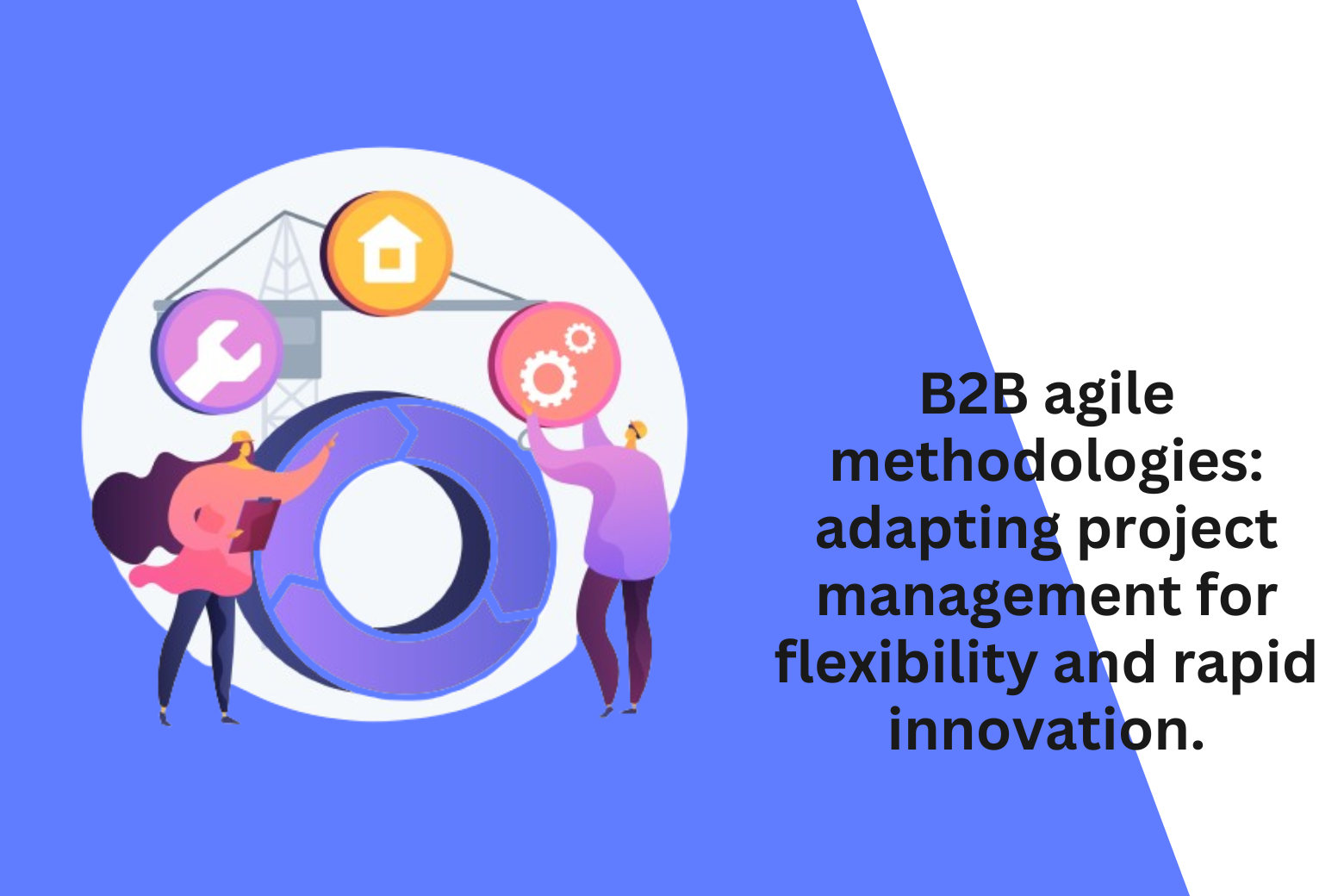
Customer retention is crucial in B2B (business-to-business) industries, where building long-term relationships and providing ongoing value are essential for sustained success. Here’s a comprehensive guide on customer retention strategies in B2B, focusing on value-added services, relationship management, and loyalty programs:
1. Value-Added Services:
Customized Solutions:
- Tailor your products or services to meet the specific needs of each B2B customer. Offering customization demonstrates a commitment to their success and increases the perceived value of your offerings.
Educational Resources:
- Provide educational materials, such as webinars, whitepapers, and guides, to help customers maximize the value of your products or services. This positions your business as a valuable resource and supports ongoing learning.
Implementation Support:
- Offer assistance during the implementation phase of your products or services. Providing dedicated support and resources ensures a smooth onboarding process and establishes a positive early relationship with the customer.
Regular Product Updates:
- Keep customers informed about product updates, enhancements, and new features. Regularly communicating improvements demonstrates a commitment to innovation and ensures that customers are getting the best possible solutions.
Performance Reviews and Optimization:
- Conduct periodic performance reviews to assess how well your solutions are meeting the customer’s objectives. Use these reviews to identify opportunities for optimization and demonstrate your commitment to their success.
2. Relationship Management:
Dedicated Account Management:
- Assign dedicated account managers to each customer. These individuals act as a single point of contact, understanding the customer’s unique needs, and ensuring effective communication between the customer and your business.
Regular Check-Ins:
- Schedule regular check-in meetings to assess customer satisfaction, address concerns, and discuss future needs. These proactive communications demonstrate a commitment to the partnership and help identify potential issues before they escalate.
Customer Feedback Mechanisms:
- Implement mechanisms for collecting customer feedback. Surveys, feedback forms, and customer advisory boards provide valuable insights into customer satisfaction and areas for improvement.
Problem Resolution:
- Swiftly address and resolve any issues or challenges that customers may encounter. A responsive approach to problem resolution builds trust and reinforces your commitment to the success of your customers.
Strategic Business Reviews:
- Conduct strategic business reviews to align your solutions with the evolving goals of your customers. Use these reviews to identify new opportunities for collaboration and ensure that your offerings remain aligned with their business objectives.
3. Loyalty Programs:
Exclusive Discounts or Pricing:
- Offer exclusive discounts, pricing structures, or loyalty-based incentives for long-term customers. This not only rewards loyalty but also provides a financial incentive for customers to continue their partnership.
Priority Access to New Features:
- Provide loyal customers with early or exclusive access to new features, products, or services. This creates a sense of exclusivity and acknowledges their commitment to your brand.
Reward Points and Tiered Programs:
- Implement reward points or tiered loyalty programs that recognize and reward customers based on their level of engagement and spending. This encourages ongoing loyalty and provides tangible benefits for continued partnership.
Customer Appreciation Events:
- Host special events, webinars, or networking opportunities exclusively for loyal customers. These events allow you to express gratitude, foster a sense of community, and provide additional value beyond your core offerings.
Personalized Engagement:
- Leverage data to personalize your interactions with customers. Recognize milestones, anniversaries, and achievements in their business, and use this information to tailor your communications and offerings to their specific needs.
4. Technology Adoption:
Customer Relationship Management (CRM) Systems:
- Implement CRM systems to manage and analyze customer interactions. These systems help track customer preferences, communication history, and other relevant data, enabling more personalized engagement.
Marketing Automation:
- Use marketing automation tools to deliver targeted and personalized content to customers. Automation allows you to maintain consistent communication and provide relevant information based on their interests and behaviors.
Data Analytics for Predictive Insights:
- Utilize data analytics to gain predictive insights into customer behavior. By understanding patterns and trends, you can anticipate customer needs, proactively address issues, and tailor your offerings to align with their evolving requirements.
Integration with Customer Support Platforms:
- Integrate customer support platforms with other systems to provide seamless and efficient support. Quick and effective issue resolution contributes to overall customer satisfaction and retention.
5. Communication Strategies:
Proactive Communication:
- Be proactive in your communication. Anticipate customer needs, share relevant industry insights, and keep customers informed about upcoming changes or improvements to your products and services.
Customer Success Stories:
- Share customer success stories and case studies. Highlighting the achievements of your customers not only showcases the value of your solutions but also fosters a sense of pride in their partnership with your business.
Thought Leadership Content:
- Position your business as a thought leader in your industry. Share valuable insights, trends, and best practices through blog posts, webinars, and other content channels. This positions your brand as an authority and builds trust with customers.
Surprise and Delight Initiatives:
- Implement surprise and delight initiatives to exceed customer expectations. This could include unexpected perks, personalized gestures, or additional resources that demonstrate your commitment to going above and beyond.
6. Post-Sale Support:
Training and Onboarding Assistance:
- Provide ongoing training and onboarding assistance to ensure that customers fully utilize and benefit from your products or services. This reduces the likelihood of dissatisfaction and increases the overall value customers receive.
Documentation and Knowledge Base:
- Maintain comprehensive documentation and a knowledge base. Empower customers to find answers to common questions independently, enhancing their overall experience and reducing the need for extensive support.
Continuous Improvement Feedback:
- Solicit feedback on an ongoing basis. Use customer input to continuously improve your offerings, address pain points, and enhance the overall customer experience.
7. Measuring Customer Retention:
Key Performance Indicators (KPIs):
- Define and track key performance indicators related to customer retention. Metrics such as customer churn rate, customer lifetime value, and Net Promoter Score (NPS) provide valuable insights into the health of your customer relationships.
Regular Reporting and Analysis:
- Regularly analyze customer retention data and generate reports. Identify trends, patterns, and areas for improvement, and use this information to refine your customer retention strategies.
Customer Surveys:
- Conduct periodic customer surveys to gather



